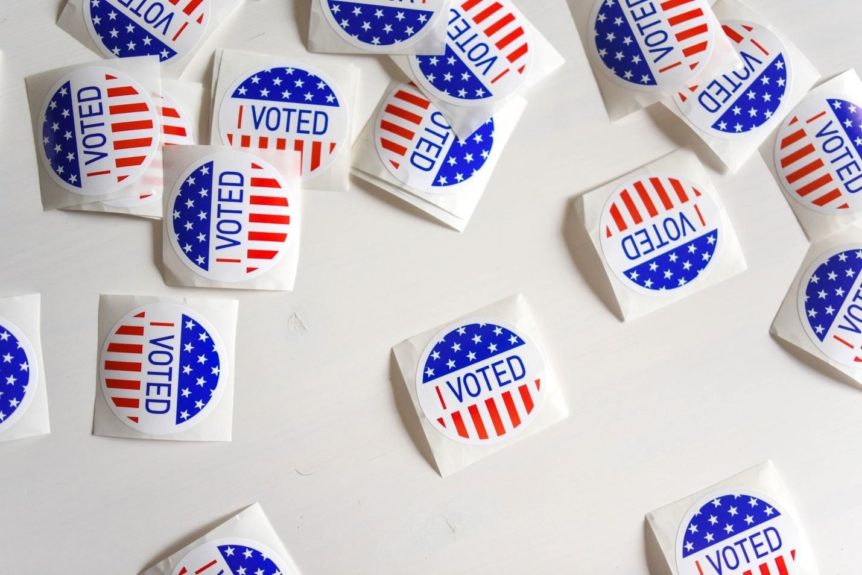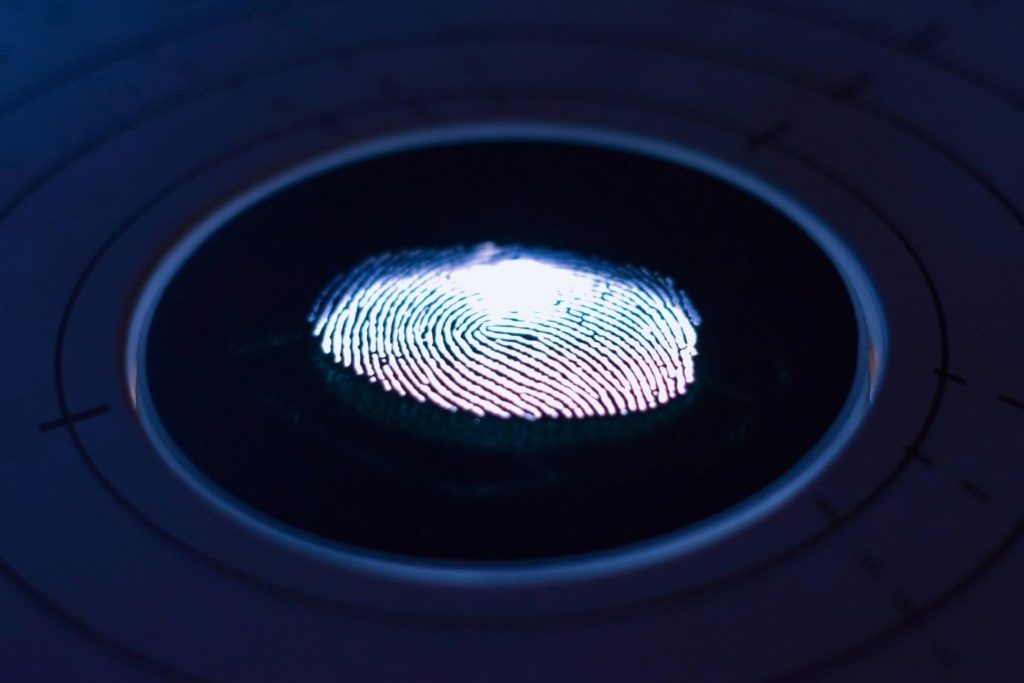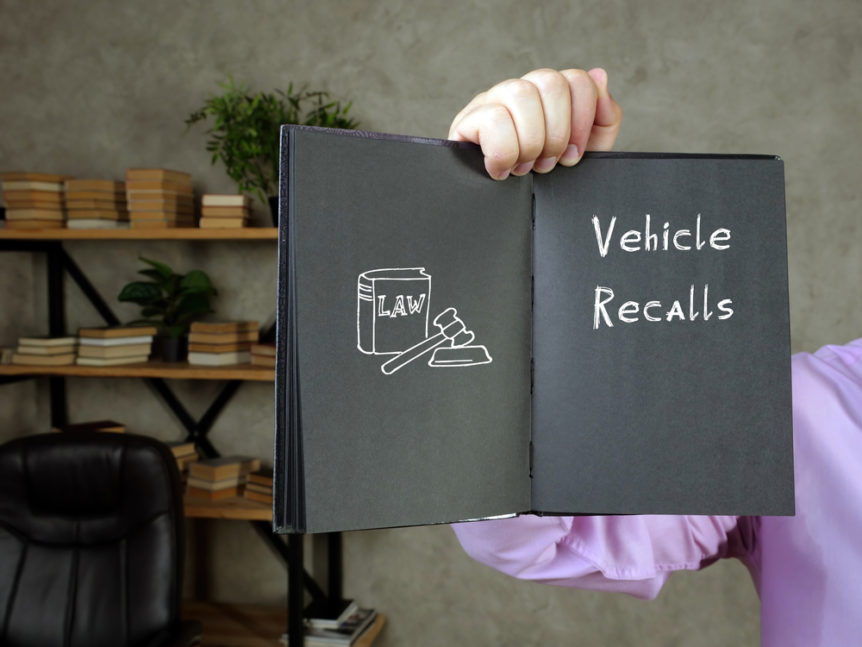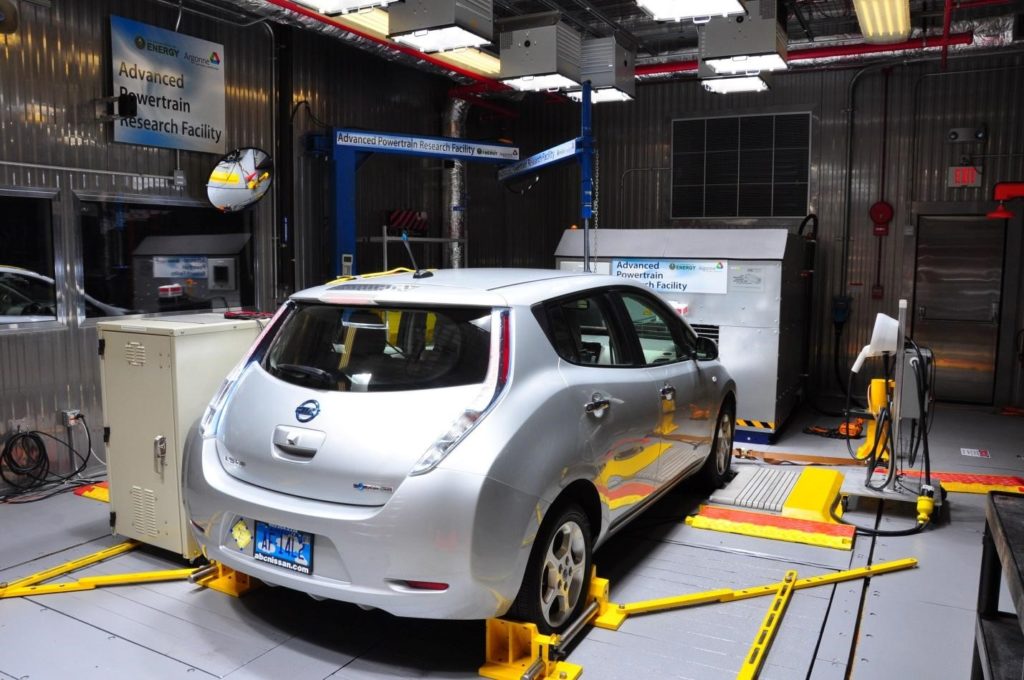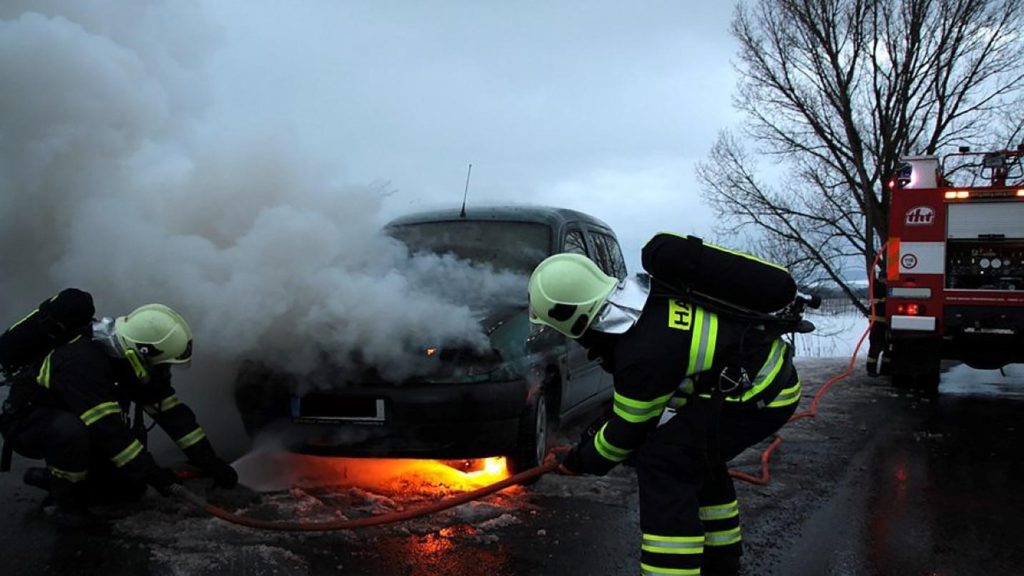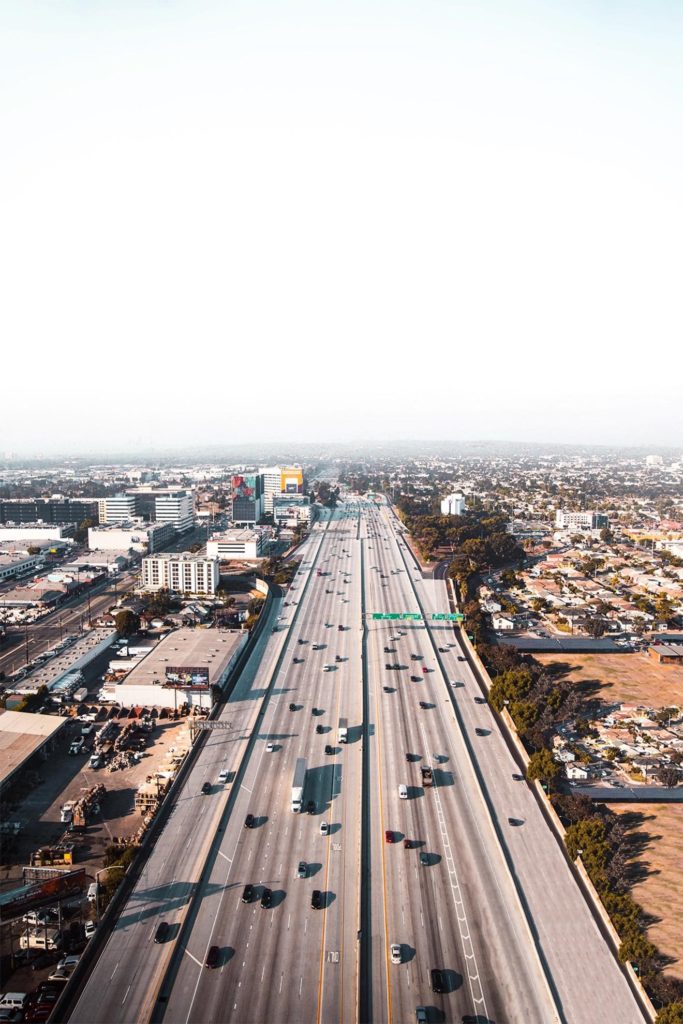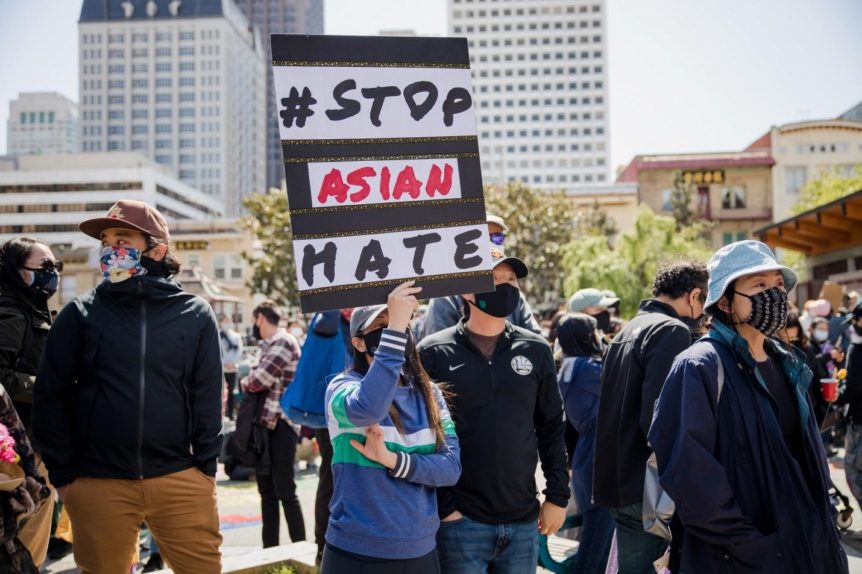On March 25, 2021, Georgia State governor Brian Kemp signed the Election Integrity Act of 2021 into law. The Act, which was originally referred to as Georgia Senate Bill 202, makes several controversial changes on how voting will be conducted in the southern state.
Proponents of the Republican legislation cite the changes necessary to safeguard future elections in the state and restore voter confidence in the entire process.
Opponents criticize the move stating that the law was born out of false claims perpetuated by the Republican Party of widespread voter fraud in the November 2020 defeat of presidential incumbent Donald Trump.
What is Georgia’s new voting law all about, and how does it change the way elections are administered in the state? Here’s everything you need to know.
Georgia Voting Law Explained
Why is Georgia voting law controversial? The answer to this question depends on who you ask.
The new Georgia voting law is a massive piece of legislation. Opponents and proponents of the law are focused on the impact the different sections of the Act will have on future elections in the state.
To better understand what the new changes look like, here are the comprehensive details of Georgia voting law.
Absentee Voting
One of the biggest changes to Georgia voting laws 2021 has to do with mail-in absentee voting. An estimated 1.3 million voters used that method in the November 2020 polls.
In the new law, individuals aged 65 and over, in the military, living overseas, or those with a disability will still be able to apply for a ballot once during the election cycle. However, the earliest they can send in their mail-in request is 11 weeks before the election date, as opposed to six months prior, as was previously the case. This cuts the request window by more than half.
Additionally, the deadline by which an application needs to be completed and returned has been moved up as well. Voters are now required to return the completed application two Fridays before the election date instead of the Friday before D-day, as was previously the case.
Proponents of the new Georgia voting laws in 2021 welcomed the move citing that it will cut down on the number of rejected ballots coming in after the deadline as a result of the tight turnaround.
Counties will also be required to start sending out absentee ballots four weeks ahead of the election date. This is three weeks later than what the previous law provided.
New ID Rules
The identification rules governing the request or return of ballots have also been changed up. Voters will be required to provide their driver’s license number or a state ID number while requesting and returning their ballot. Individuals who don’t have any of those credentials will need to submit a copy of an acceptable form of voter identification.
Georgia’s new voting law also provides the option for online application submission. The Office of the State Secretary launched an online request portal that voters can access using their driver’s license number or state ID number.
Poll workers will then use that information to match it against the voter’s name, date of birth, and address, for identity verification. Additionally, they will have to sign an oath swearing that the information provided is accurate. This change replaces the previous procedure where poll workers check the voter’s signature on the application and compare it against what they have on file.
Unsolicited Applications and New Third-Party Rules
According to the new law provisions, local and state governments are now prohibited from sending unsolicited applications. Additionally, third-party entities that send out applications must ensure they’re clearly marked in a legible font, stating that the applications are not official government publications and that they are not ballots. The Act also requires them to clearly state the name of the entity sending the blank request.
The third-party group rules also prohibit them from sending applications to voters who have already requested or cast an absentee ballot. The law imposes stiff penalties for each duplicate they send out.
The Appearance of the Absentee Ballot and Envelope
The newly enacted voting laws in the state also affect the way the absentee ballots and envelopes look. According to the Georgia Election Integrity Act of 2021, each absentee ballot will be printed on a special security paper. The voter’s precinct and ID will appear at the top of the ballot.
Once the voter fills in the circles to vote for their chosen candidate, they’re required to place the ballot in the envelope it came with, which will have their name, signature, and driver’s license number, state ID number, or the last four digits of their Social Security Number. To protect the voter’s privacy, all sensitive information will be hidden once they seal the envelope.
Instant Runoff Ballots
In addition to the primary or general election ballots, military personnel and overseas voters will receive an extra set of ranked-choice ballots. In the event there’s a runoff, voters will be able to rank their choice candidates for specific races (ahead of time) and mail them back alongside their primary or general election ballots.
Drop Boxes
Secure absentee drop boxes are now part of Georgia state law. These did not exist during the last election. According to the new law, each of the 159 counties is required to have at least one dropbox, capping that number at one box for every early voting site or one box for every 100,000 active voters – whichever is less.
The boxes will be situated within the early voting premises as opposed to outdoors on government property. The new law also states that voters will only access drop boxes during early voting hours/days instead of 24/7, as was previously the case.
Additionally, the new law gives the Georgia State Board of Elections a much narrower scope within which it can enact emergency rules to authorize the release and distribution of drop boxes. The law requires the board to provide ample notice of proposed emergency measures – a far cry from the leeway it previously had.
Georgia Voting Law Early Voting
This is arguably one of the biggest changes to the existing voting laws in the state. The new legislation expands access to early voting in most counties with the addition of Saturday mandatory voting and codifying the voting hours on Sunday as optional.
Counties can now have extended voting hours between 7 a.m. and 7 p.m. at the maximum or 9 a.m. to 5 p.m. at the very minimum. Individuals who already live in large metropolitan areas may not notice the difference in the expanded early voting. In other counties, however, voters will see longer hours during weekdays, plus an extra day over the weekends.
Mobile Voting
The new voting law also prohibits the use of mobile voting buses except in instances where the Governor declares an emergency. This means that if you reside in Fulton County, the mobile polling stations that had been purchased by the county to help with the long queues will no longer be used to cast ballots.
Additionally, if there are closures or any other changes in polling venues, the new Georgia law requires clear notice of what those changes are, one of which includes putting up a 4×4 foot sign that displays the location of the new venue.
Food and Beverage Regulations

There’s also a new rule prohibiting anyone other than poll workers from handing out water to voters queuing to cast their ballot. It also outlaws passing out food or beverages to any voter situated within 150 feet of the polling building, inside the building premises, or within 25 feet of any voter in the queue.
Nonetheless, depending on the venue in question, third-party groups can still have food and beverages available since it is possible for voting lines to extend beyond 150 feet of the polling station.
Reporting Requirements
Other changes to early voting brought on by the Election Integrity Act of 2021 include requiring counties to provide daily publicized reports on the total number of voters who cast their ballots in person, as well as the number of absentee ballots issued, returned, rejected, and accepted. Additionally, the polling venues for early voting, and their respective voting times, must be published publicly in advance.
In-Person Early Voting During Runoffs
The law further tightens the rules governing runoffs. According to the novel legislation, early voting after a primary or general election should kick off “as soon as possible.” It calls for early in-person voting Monday to Friday, the week before the election date.
These new guidelines mean that a county may not be able to offer early voting on the weekend given the short duration poll workers have to finish the first primary/general election before preparing for the runoff immediately after.
Vote Counting
One of the most widespread complaints from voters during the 2020 election was the delays experienced in some counties when it came to releasing their final results. There were also complaints about missing batches of ballots and concerns about why the vote-counting process was still not complete by election night.
Georgia’s new voting law now allows local officials and poll workers to begin processing – not tabulating – absentee ballots two weeks leading up to the election date. The law also puts forth a new rule that requires counties to count all the ballots from start to finish with no breaks in between from the moment polling stops and complete the vote-counting process by 5 p.m. the following day.
Local officials are also required to report and post the cumulative number of ballots cast via absentee voting, provisional ballots, ballots cast during early voting, and those cast on Election Day. These numbers need to be posted by 10.00 p.m. on election night to provide the public with a better understanding of the total number of potential outstanding votes while the poll results trickle in.
As far as provisional ballots go, the new Georgia voting law excludes out-of-precinct provisional votes unless they were cast after 5 p.m. The voter is also required to sign a statement confirming that they were unable to make it to their home precinct in time to cast their ballot.
Given the new requirement for counties to finish tallying their votes by 5 p.m. the day following the election, the certification deadline for state legislators has also been moved up to six days after poll closure instead of the 10-day window that was there previously.
State Board of Elections
The changes in the new voting law also affect the Georgia State Election Board, which undoubtedly affects the local elections offices. For starters, the State Board will no longer be chaired by the Secretary of State. Their role will instead be relegated to non-voting, ex-officio membership.
The new board chair will be nonpartisan and an appointee of the state legislature (the House and the Senate). To become chair, the individual should not be a candidate, have previously participated in any political party, or be affiliated with any political campaign. Provisions of the new voting law also stipulate that the chair should not have made any monetary contributions to any campaign for the two-year period leading up to their appointment.
List of Companies Against Georgia Voting Laws
Several companies across the country voiced their opposition against Georgia’s new voting law. State-based giants Coca-Cola Company and Delta Air Lines issued separate statements to denounce the bill.
Other companies that condemned the new laws include:
- American Express
- Ariel Investments
- Bank of America
- Citigroup
- Home Depot
- JPMorgan Chase
- Merck & Co.
- Microsoft
- Porsche North America
- UPS
The unifying sentiment expressed by these companies is that the new laws make it harder for Americans to exercise their constitutional right to vote. Republican lawmakers who backed the bill criticized this backlash calling for the public to boycott Coca Cola and other brands that opposed the new legislation.
Click here to view the full Georgia new voting law text.
Do you have any legal questions for us? Chat online with a Laws101 attorney right now.
